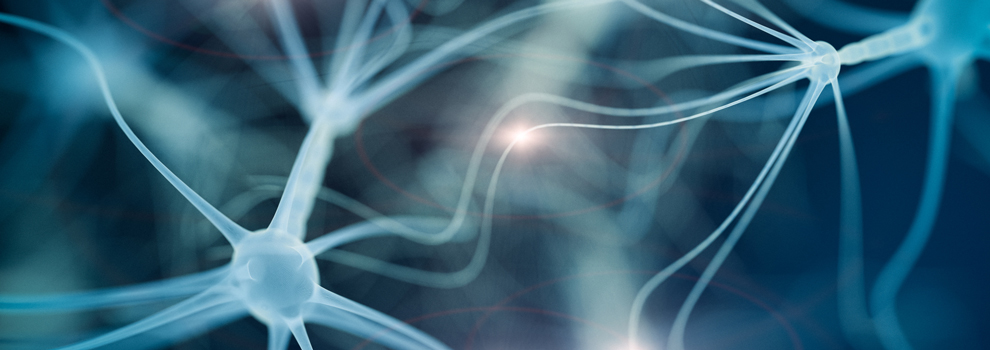One in three adults regularly suffers from nerve pain or neuropathic pain. This is caused by damage or irritation to a nerve. Pain then develops in the sensory area of the nerve. This is usually an additional effect of a certain condition.
What is nerve pain & its symptoms?
The one pain is not the other. There are sensors everywhere in your body that send messages to the brain via the nervous system. The moment you cut your fingers with a knife, the brain receives electrical impulses which are then translated into a feeling of pain. This is called nociceptive pain. So pain that results from an injury or inflammation.
In case of damage, irritation, or changing the functioning of a nerve, electrical impulses are also spontaneously sent to the brain. Pain then develops in the sensory area of the nerve. No less than one in three Most people sometimes or regularly suffer from nerve pain or neuropathic pain. The medical term for this phenomenon is neuralgia.
Symptoms of Nerve Pain In Back & Shoulder
Nerves run everywhere in your body. And all these nerves can be damaged or irritated. So neuralgia can occur from head to toe. One of the most common forms is facial pain (trigeminal neuralgia). The short-term and severe pains in the face arise in the emotional area of the triple nerve (trigeminal nerve). You have two of them, which run to the left and right of your face. Sometimes the pressure on one of these facial nerves is the cause of the pain. In most people with facial pain, however, no clear cause can be found.
Nerve pain can also be a symptom of shingles. This condition is caused by an infection with the herpes zoster virus. Persistent pain symptoms occur in the area infected by this virus. This is called postherpetic neuralgia. A well-known form of nerve pain or neuropathic pain is phantom pain . The patient then feels that pain is present in the body part that is amputated.
Symptoms of Nerve Pain In Head & Neck
Cluster headache is also called Horton’s Neuralgia. With this form of nerve pain, short – but very intense – attacks occur on one side of the face. This condition affects 1 in 1,000 people and usually develops between the ages of 20 and 40. Cluster headache is most common among men. But since 1960 the number of women with Horton’s Neuralgia has been steadily increasing.
Nerve pain is common in people with Diabetes mellitus in the feet and in patients with Carpal Tunnel Syndrome and Tarsal Tunnel Syndrome. These last two complaints are caused by a nerve that is trapped in the arm or foot. Other disorders associated with neuralgia are Lyme disease and Sciatica. Nerve pain can also occur in osteoarthritis because nerve endings from the bone can grow into the cartilage. Neuropathy is the malfunction of one or more nerves. As a result, muscles and feelings work less well.
Symptoms of Nerve Pain In Arm
Neuropathic pain can therefore be an additional effect of one of the mentioned disorders. One or more nerves can also be damaged in a car accident or during an operation. Nerve pain may occur after a brain hemorrhage or bleeding in the spinal cord. Certain substances in alcohol and some chemotherapy agents can damage the nervous system.
Symptoms of Nerve Pain In Leg & Foot
With all forms of nerve pain, there is pain in the feeling area of the nerve. The pain can be burning or throbbing. Sometimes it can be severe pains that suddenly pop in and feel like electric shocks or stabs. With shingles, nerve pain is constantly present. With cluster headache and facial pain, the pain comes in attacks.
Diagnosis of Symptoms of Nerve Pain
The diagnosis can in most cases be made by the doctor based on the symptoms and a physical examination. In people with diabetes who have a burning sensation in their feet, the cause is immediately clear. With shingles, nerve pain is also very easy to determine. In other cases, the doctor will refer you to a neurologist. With a CT or MRI scan, they can visualize the painful area to determine the cause. An EMG (electrical muscle-nerve examination) is also possible.
Treating the Symptoms of Nerve Pain
For neuropathic pain treatment, taking painkillers such as acetaminophen, aspirin or diclofenac makes little sense. These only have an effect on wound pain. The doctor will prescribe a nerve-blocking agent or medicine that alters the processing of pain stimuli in the brain. If these treatments do not work, then the neurologist still has a number of options. He can block the nerve by injecting a painkiller with an anti-inflammatory drug close to the nerve. For long-term nerve pain, the treatment consists of electrical nerve or spinal cord stimulation performed by an anesthesiologist.






